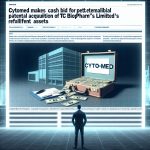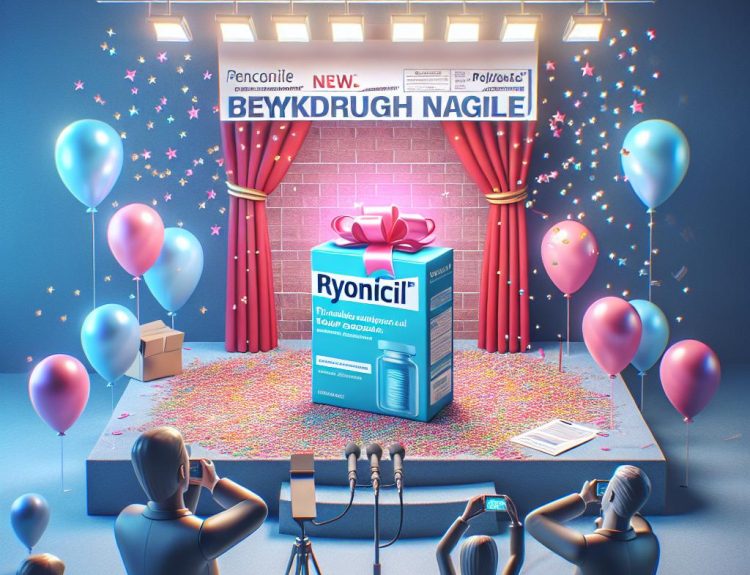Rezolute will hit the fall investor circuit with back-to-back appearances at the Maxim Growth Summit on October 22–23, the Guggenheim Healthcare Innovation Conference on November 10–12, and the Jefferies London Healthcare Conference on November 17–20. The late-stage rare disease company is advancing Ersodetug, an antibody designed to address hypoglycemia across forms of hyperinsulinism, and will hold one-on-one meetings alongside these events.
The timing signals more than routine visibility. A concentrated roadshow across U.S. and European venues often precedes financing or partnering moves for late-stage biotechs, particularly those approaching pivotal execution, manufacturing scale-up, and payer groundwork. For Rezolute, whose program targets a high-burden but underserved niche, the question is whether it can translate promising clinical signals into the resources and alliances needed for global commercialization. With capital still selective and large pharma showing renewed appetite for de-risked rare disease assets, the company’s positioning across these conferences looks like an attempt to catalyze the next strategic step.
The stakes are clear for patients and health systems. Congenital hyperinsulinism frequently resists diazoxide and can require chronic somatostatin analogs, feeding regimens, or even pancreatectomy, with lifelong metabolic and neurocognitive consequences. Tumor-induced hyperinsulinemic hypoglycemia, while ultra-rare, is acute and costly. A systemic therapy that meaningfully reduces hypoglycemia burden could shift the standard of care, lower hospitalizations and length of stay, and ease the operational load on pediatric endocrine centers. Commercial teams will need to demonstrate not just glucose metrics, but tangible reductions in severe events, admissions, and caregiver intensity to secure broad reimbursement. Medical Affairs will have to drive consensus on diagnosis, monitoring, and treatment pathways, aligning real-world evidence with the endpoints that regulators and payers will actually use to determine value.
The investor itinerary also nods to where the market is moving. Rare disease financing in 2025 is increasingly stitched together through ex-U.S. licensing, royalty-backed credit, and potential monetization of regulatory incentives in pediatric settings. Royalty buyers and structured capital providers are again active, but they favor assets with apparent biomarker-driven efficacy and straightforward specialty distribution. Parallel trends in measurement are equally important: the bar for approval and access is shifting toward continuous glucose monitoring-derived metrics that relate to quality of life and health resource utilization. Companies that can link CGM improvements to avoided severe hypoglycemia and hospital resource savings will be better positioned in U.S. pharmacy-benefit negotiations and in European HTA submissions that lean heavily on real-world outcomes.
For competitors, the signal is that disease-specific, chronic management of hyperinsulinemia is moving from incremental off-label care to targeted biologics, potentially redefining rescue glucagon and surgical use cases. For payers and providers, it is an early warning to prepare for center-of-excellence contracting, patient identification protocols, and adherence support built around digital monitoring. The next clue will be what Rezolute discloses about pivotal timelines, manufacturing readiness, payer evidence packages, and any ex-U.S. alliances coming out of London. The strategic question now is whether the company can convert scientific differentiation in hyperinsulinemia into a durable rare disease franchise that payers will underwrite based on measurable reductions in severe hypoglycemia and system costs.
Jon Napitupulu is Director of Media Relations at The Clinical Trial Vanguard. Jon, a computer data scientist, focuses on the latest clinical trial industry news and trends.







